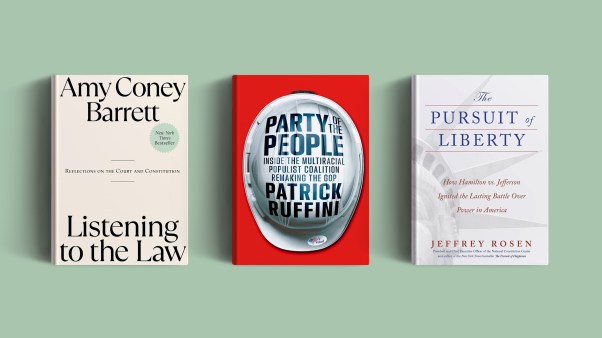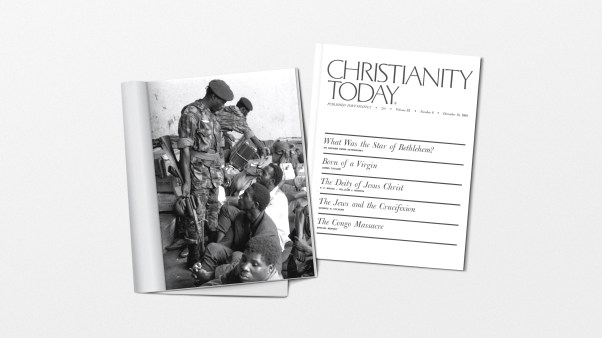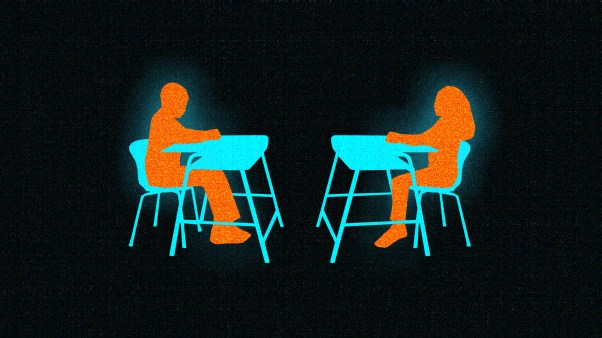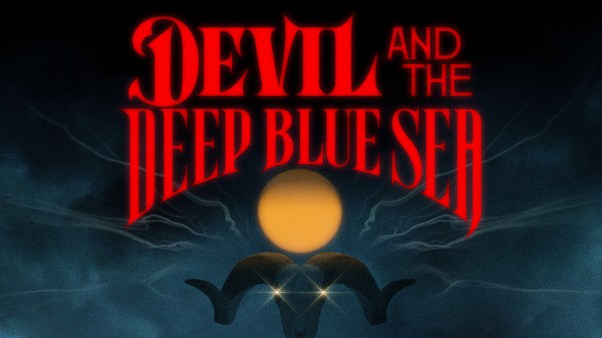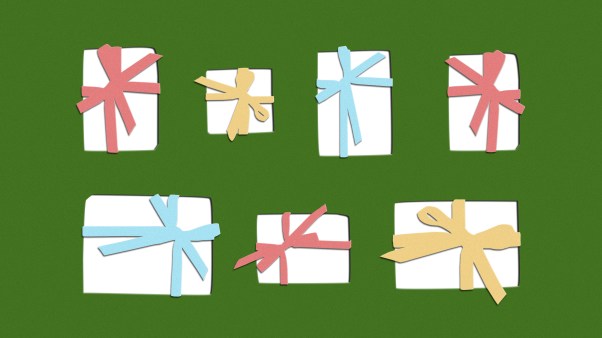Last month, as Afghanistan's ruling Taliban destroyed religious (particularly Buddhist) statues across the country, iconoclasm leaped into headlines. The practice has a long and complicated history, but a look back at some previous examples helps put this recent action in context.
Iconclasm has erupted among Jews, Christians, and Muslims periodically through history. Muslim iconoclasts support their position by pointing out that Muhammed cleared idols from Mecca and arguing that only Allah has the right to take on the role of creator. Jewish and Christian iconoclasts typically refer to the second commandment: "You shall not make for yourself an idol in the form of anything in heaven above or on the earth beneath or in the waters below" (Ex. 20:4).
Jewish artists have long been limited and suspected because of this prohibition. For example, one of Marc Chagall's great-uncles refused to shake hands with him upon learning that he made images for a living. Christian artists, by contrast, frequently find recourse in the Incarnation: If God became flesh that humans could see and touch, than other physical manifestations of divinity must be acceptable as well. The question for Christians, then, is how to distinguish images of God from images as gods.
Artistic representations of sacred beings and events appear very early in Christianity. The catacombs feature rich iconography. But concern that these images might be worshiped for themselves also appears early. Canon 36 of the Synod of Elvira (305) prohibits images in churches for this very reason. Like many decrees made at Elvira, however, this one didn't stick. In 692 the Trullan Synod of the Third Council of Constantinople encouraged iconography, saying that through images of Christ believers "are led to remember His life in the flesh, His suffering, and His saving death, and the redemption ensuing from it for the world."
In the eighth and ninth centuries, the debate over icons exploded among Jews, Muslims, and especially Eastern Christians. Byzantine Emperor Leo III (reigned 717-741), in an attempt to follow the second commandment, urged his subjects to give up their icons. After a series of natural disasters, which Leo interpreted as signs from God, he stepped up his campaign and ordered his soldiers to destroy an icon of Christ on a palace gate. Several women defended the icon and in the process became the first martyrs in what is known as the iconoclastic controversy. During this clash, which raged from 726 to 843, as many as 100,000 Orthodox Christians were injured or killed.
The Reformation prompted more cases of iconoclasm as figures such as Ulrich Zwingli and John Knox railed against what they perceived as Roman Catholic idolatry. In Basel, Switerland, Erasmus wrote, "Not a statue has been left, in the churches. … or in the monasteries; all the frescoes have been whitewashed over. … Neither value nor artistry prevailed to save anything." In Scotland, Protestant activists purged churches of altars, statues, crucifixes, carvings, bells, pictures, reliquaries, vestments, organs, chalices, and anything else they thought might detract from the proper focus on God. Both of these campaigns caused significant property damage but relatively little bloodshed.
In the mid-seventeenth century, Puritans attained influence in England and began their own cleansing campaign. In August 1643 Parliament enacted an ordinance "for the utter demolishing, removing and taking away of all monuments of superstition and idolatry." These included images of God, Mary, and saints; inscriptions such as "pray for me" on tombs; and such items as candlesticks, crucifixes, stone altars, and communion rails. Of the 245 churches Puritan William Dowsing visited in Cambridgeshire and Suffolk, he found something to destroy in more than 90 percent.
More recently iconoclasm has often targeted political, rather than religious, imagery, such as when Russians pulled down statues of Lenin and Stalin in 1989. (American colonists did the same to statues of George III during our Revolution.) Some actions, like Palestinian attacks on Jewish holy sites, carry both political and religious implications. Artistic concerns have also entered the fray—many people who expressed outrage toward the Taliban were more concerned about the loss of artistic treasures than about the insult to Buddhism. Yet statue-smashing can also be intensely personal. The pastor of Chicago's Olivet Baptist Church recently ordered the removal of a statue of his predecessor, Rev. Joseph H. Jackson, by reason of Exodus 20:4, but Jackson's daughter believes the new pastor was really "trying to erase my father's role in the church."
Anyone who has accidentally broken a keepsake or argued with a spouse over the placement of a picture (wall or dumpster?) knows how strong the bond between a person and an image can be. From this, and from history, it becomes obvious that neither the creation nor the destruction of images will ever stop. Wherever powerful emotions collide, something's likely to get broken.
Elesha Coffman is associate editor of Christian History.
Copyright © 2001 Christianity Today. Click for reprint information.
Related Elsewhere
More Christian history, including a list of events that occurred this week in the church's past, is available at ChristianHistory.net. Subscriptions to the quarterly print magazine are also available.
More on iconoclasm is available from Christian History issue 46: John Knox (not available online) and "Kissers and Smashers" by from Christian History issue 54: Eastern Orthodoxy.
Tulane University's class on "Early Medieval and Byzantine Civilization: Constantine to Crusades" has some readings on iconoclasm.
One Chicago area church is even now wrestling with Second Commandment issues as they consider what to do with a statue of a former pastor, reports the Chicago Tribune.
"The very act of iconoclasm testifies to the mysterious—and often threatening—power images can hold over us," wrote David Freedberg, author of The Power of Images, a Washington Post article.
Christian History Corner appears every Friday at ChristianityToday.com. Previous Christian History Corners include:
Christian Education for All | The first Sunday schools provide a positive example of government partnerships with faith-based organizations.
The Sport of Saints? | Forget St. Pat's. It's time for March Madness, baby! (And yes, it's Christian.) (Mar. 16, 2001)
Digging in China | Christianity in the world's most populous country may be a lot older than anybody imagined. (Mar. 9, 2001)
Food for the Soul? | Lenten traditions range from fowl-turned-fish to pretzels. (Mar. 2, 2001)
The Radical Kirk | The Church of Scotland has a long history of intense reforms. (Feb. 23, 2001)
Marching to Zion | The African Methodist Episcopal Zion Church celebrates its 200th anniversary today. (Feb. 16, 2001)
Innovating with the Flow | John and Charles Wesley harnessed the momentum of their time. (Feb. 9, 2000)
Dangerous Myth-Conceptions | A new book traces the origins of historical misunderstandings about Christianity. (Feb. 2, 2001)
1,700 Years of Faith | Armenian Christians celebrate their heritage and look to their future. (Jan. 26, 2001)
This Is Your Life | Exploring the "well-worn sawdust trail" between fundamentalists and evangelicals. (Jan. 19, 2000)
The Heavens Declare the Glory of God | Like Paul, Galileo believed that God made himself known through creation. (Jan. 5, 2000)
Festive Flora | Deck the halls with boughs of pagan significance, falalalala, lalalala. (Dec. 22, 2000)



